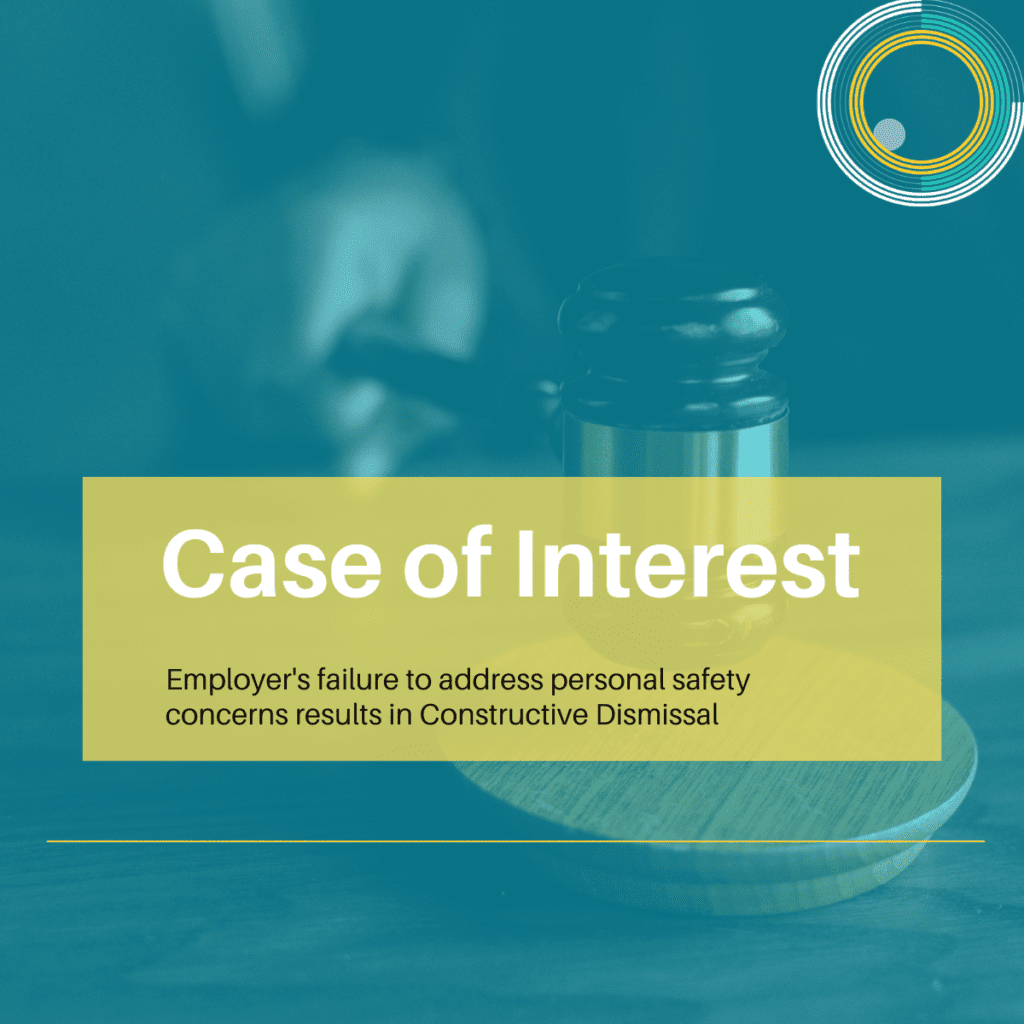Posted on: Jul 29, 2014
Whether a person is acting as an employee or an independent contractor depends upon the provisions of the agreement, and the real nature of the relationship between the parties. Contractors do not have the same rights as employees, and should therefore seek advice from a lawyer, accountant or other advocate, before entering into this sort of working arrangement.
An “employee” is defined in section 6 of the Employment Relations Act 2000. In deciding whether a person is an employee or in business on their own account the Courts must determine the real nature of the relationship. They will examine any agreement between the parties, however the Courts are not bound by any description in an agreement so even if a worker has a contractor agreement they can still be determined an employee.
The Courts also examine the actual relationship between the parties to see if it was one of employment. They will look to see if the “employer” exerted control over the worker, where, when and how the worker worked, whether the worker could profit from their own efforts, and whether the worker was an integral part of the business.
The Law
The Court will examine the arrangements between the parties from the points of view of control, integration, fundamentalism, and the real nature test:
Control
The control test asks whether the employer/principal is able to control what the worker does, and how it is done, i.e. does the worker have a position description and KPI’s? Does the employer control what work is to be done and how it is to be performed? If yes, then this implies that the employer has control – likely establishing that the worker is an employee rather than a contractor.
Integration
The integration test asks whether the worker is part and parcel of the organisation, and if their work is integral to, and integrated with, the organisation. If so, this again can lead to an employment relationship.
Fundamental
The focus of the fundamental or economic reality test refers to the way a worker engages themself to perform the duties required – basically whether the worker is in business on his/her own account. If yes, the individual is probably an independent contractor, engaged for his or her services. Aspects such as the methods of payment, taxation, and the particulars inserted in GST invoices are all indicators used to assess this test.
This is where the importance of the worker’s own business entity comes into play. If the worker already has their own business established, where they provide similar services to other clients, then that effectively creates a layer in between the parties and provides justification to satisfy this test. Without this, the worker may be deemed an employee rather than a contractor.
Real nature
When determining the real nature of the relationship, in addition to the factors outlined above, the Court can also take into consideration the established standard industry practice.
Our advice
The written agreement needs to clearly state the status of the worker as a contractor, and must not refer to holidays, sick leave, bereavement leave, PAYE or any of the other typical employee rights.
The “employer” (or principal) must make sure that the status of the worker as a contractor does not change to that of an employee over time. If in fact the contractor is treated like an employee (the matters to watch out for are noted above), the Courts will potentially treat the worker as an employee and he/she will have the opportunity to bring personal grievance claims and may also be entitled to holiday pay for up to six years in arrears.
If you’re unsure of what the correct status should be, the answer will usually lean towards that of an employee. If in doubt seek advice and one of our team can help guide you. We are also available to review, amend or draft appropriate agreements, whether an employment agreement or a contract for services (independent contractor).
Disclaimer
This article, and any information contained on our website is necessarily brief and general in nature, and should not be substituted for professional advice. You should always seek professional advice before taking any action in relation to the matters addressed.








